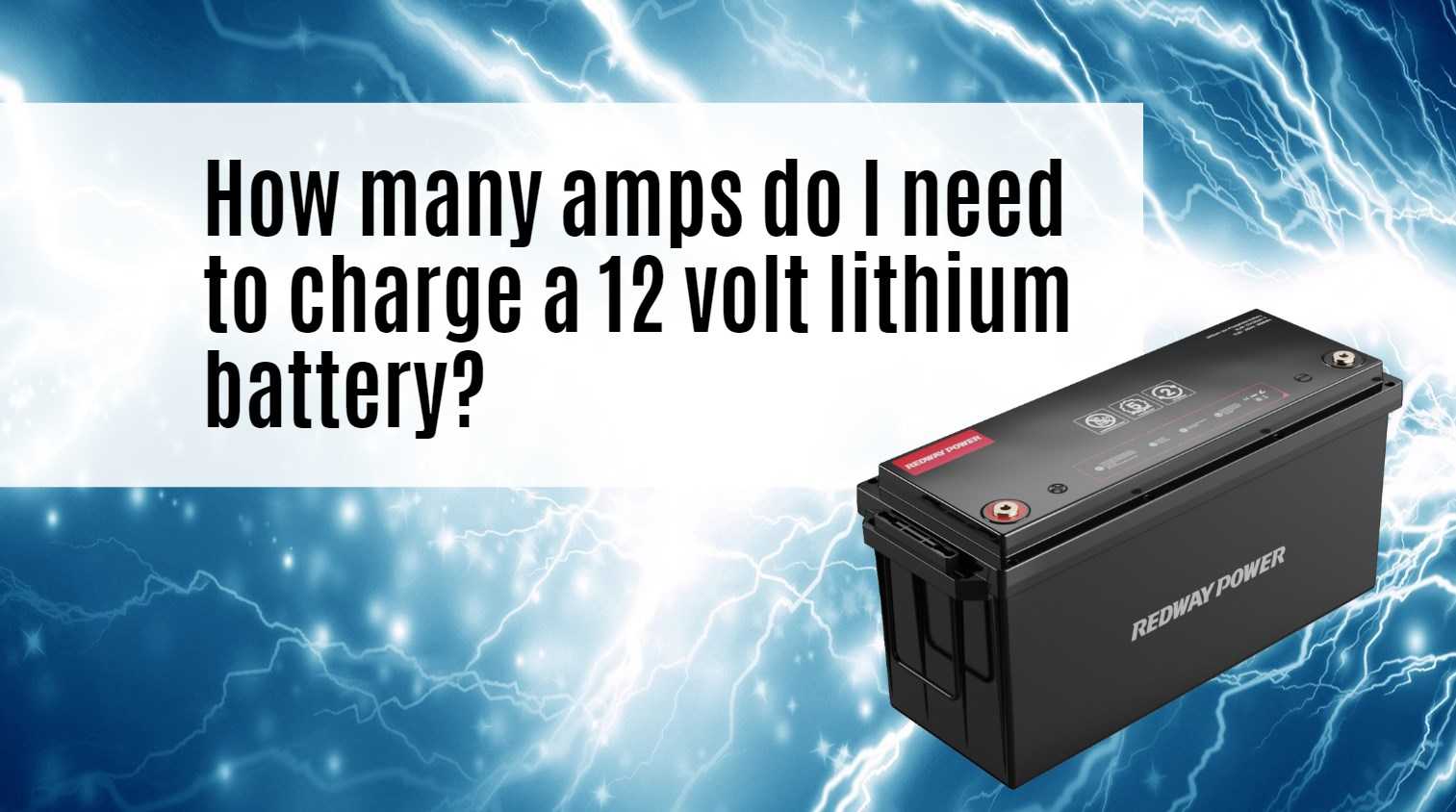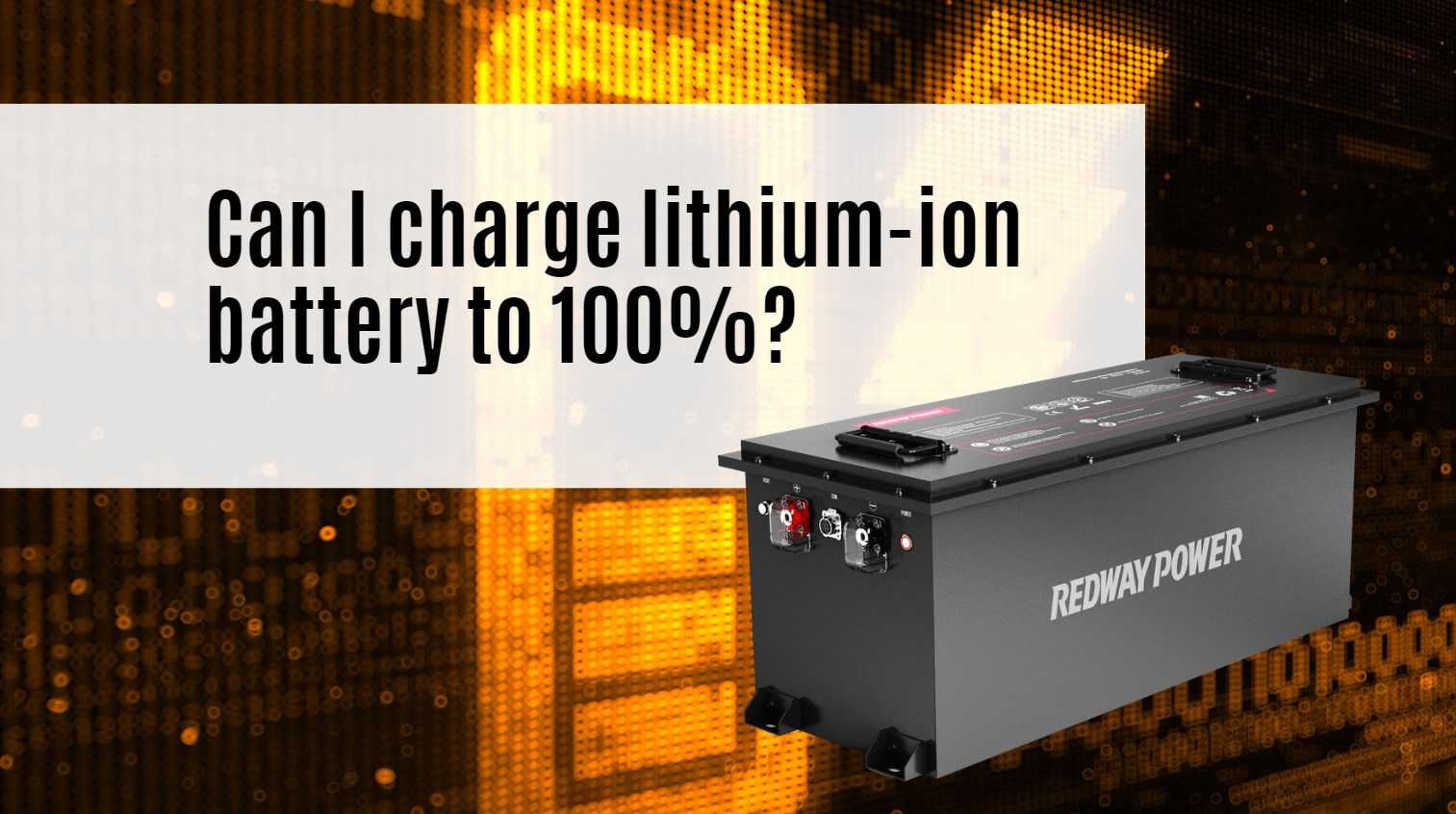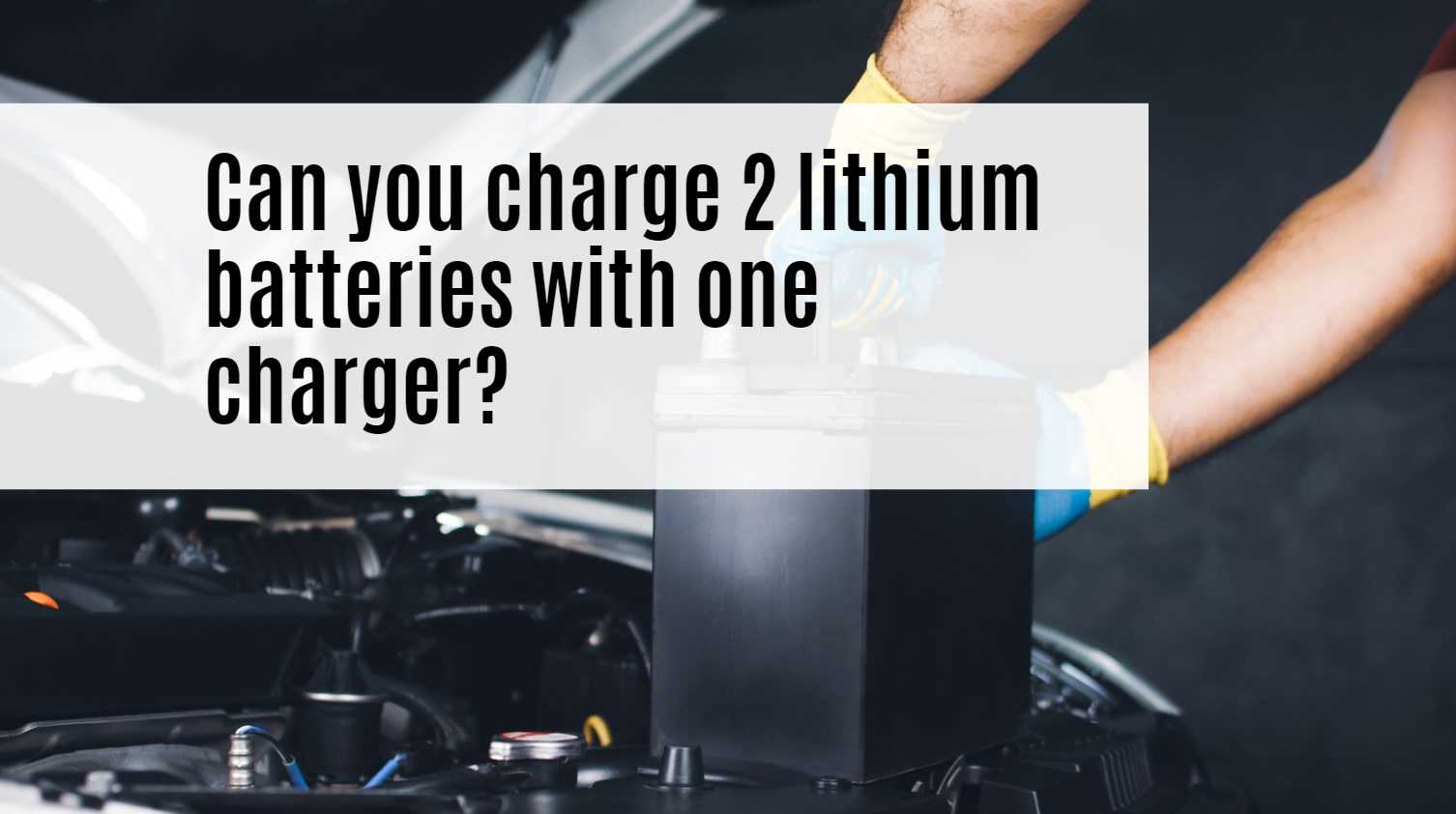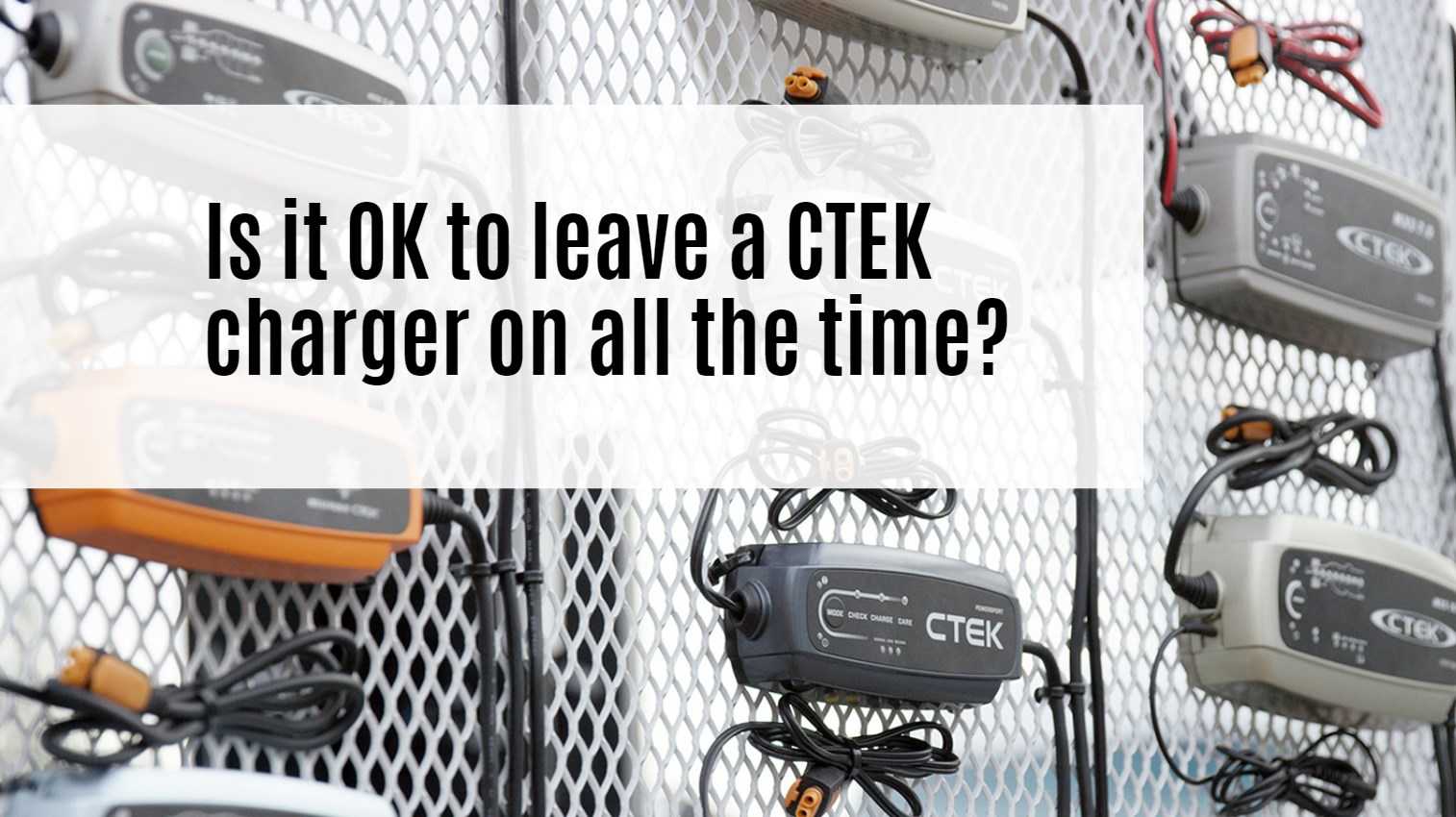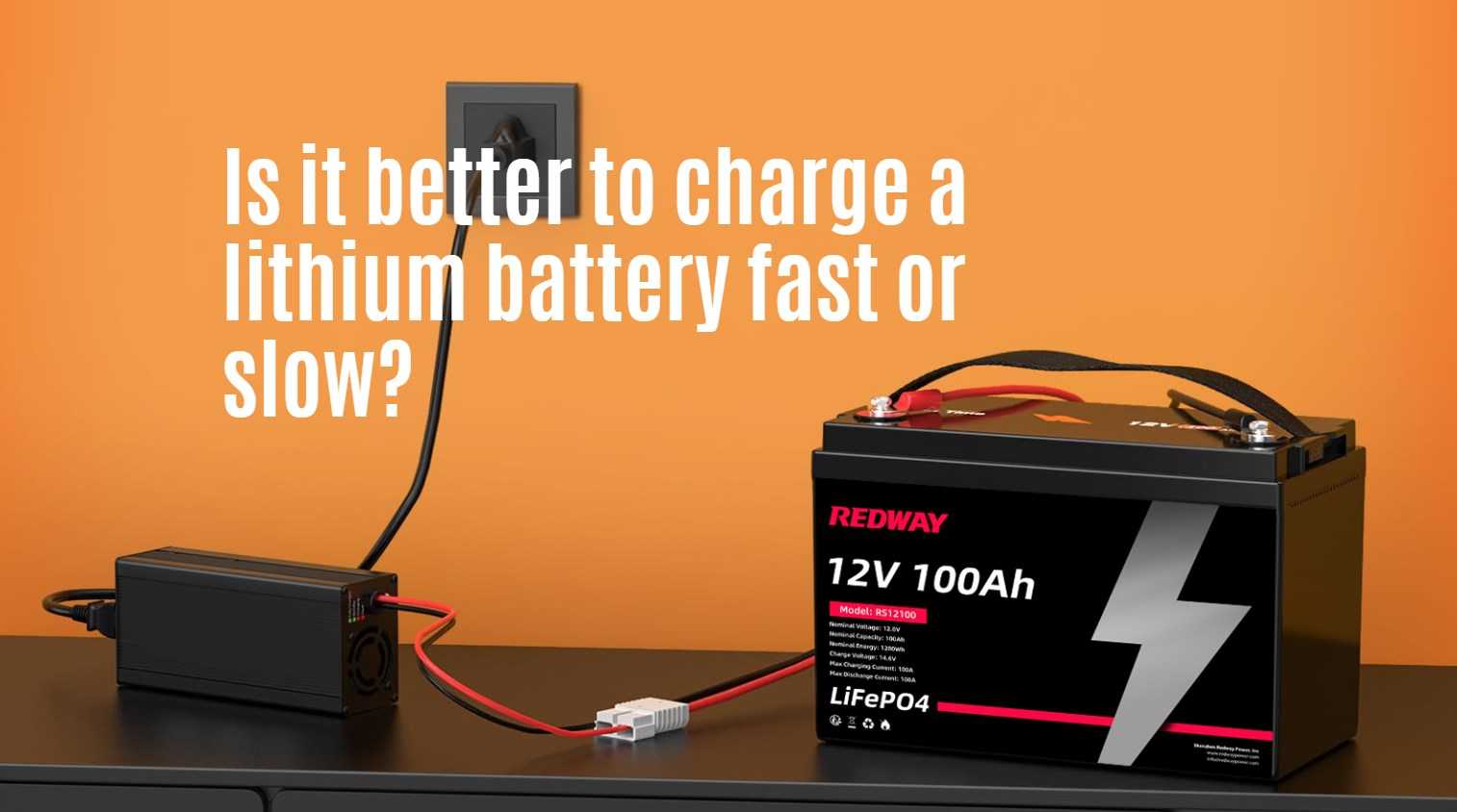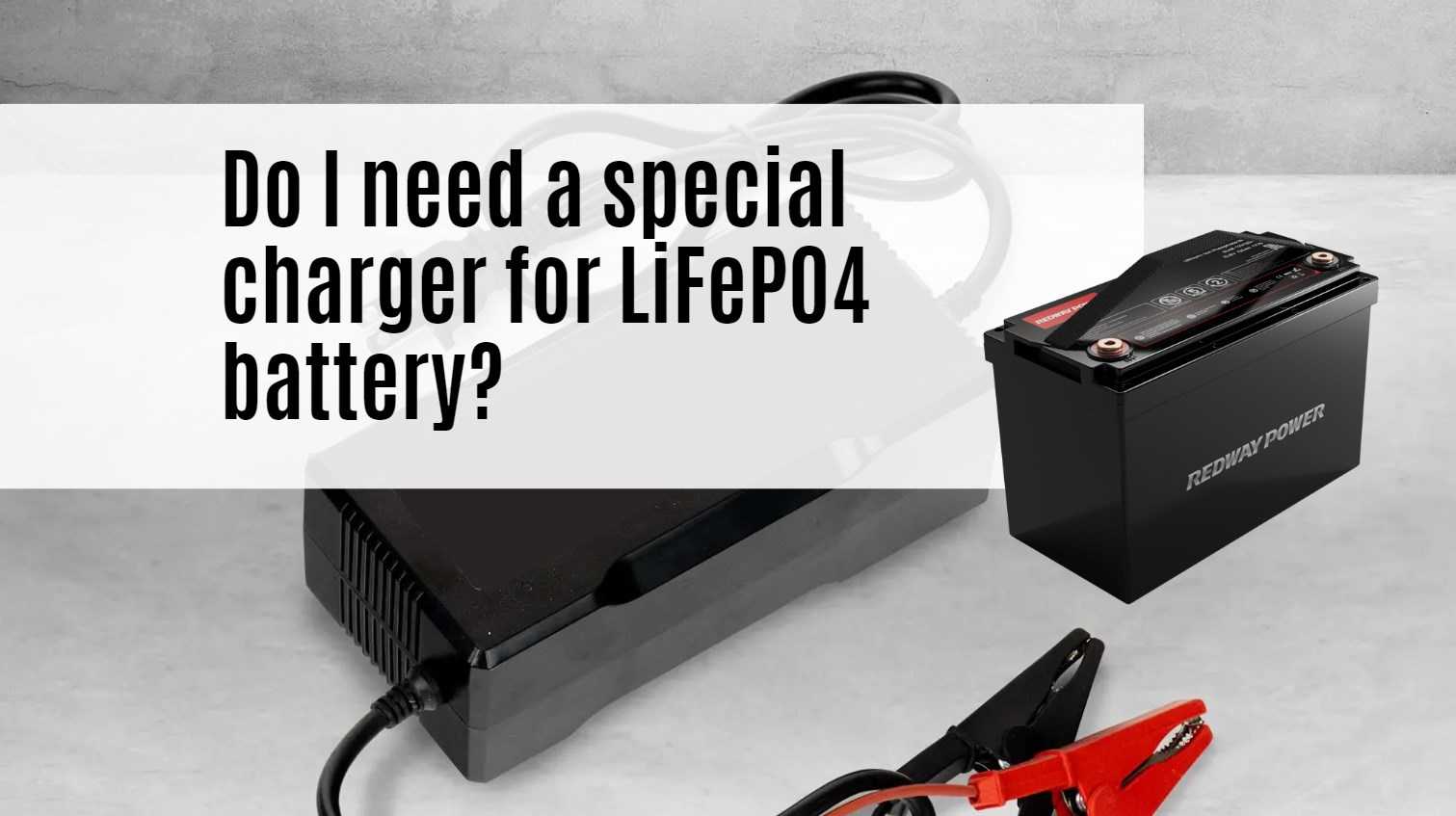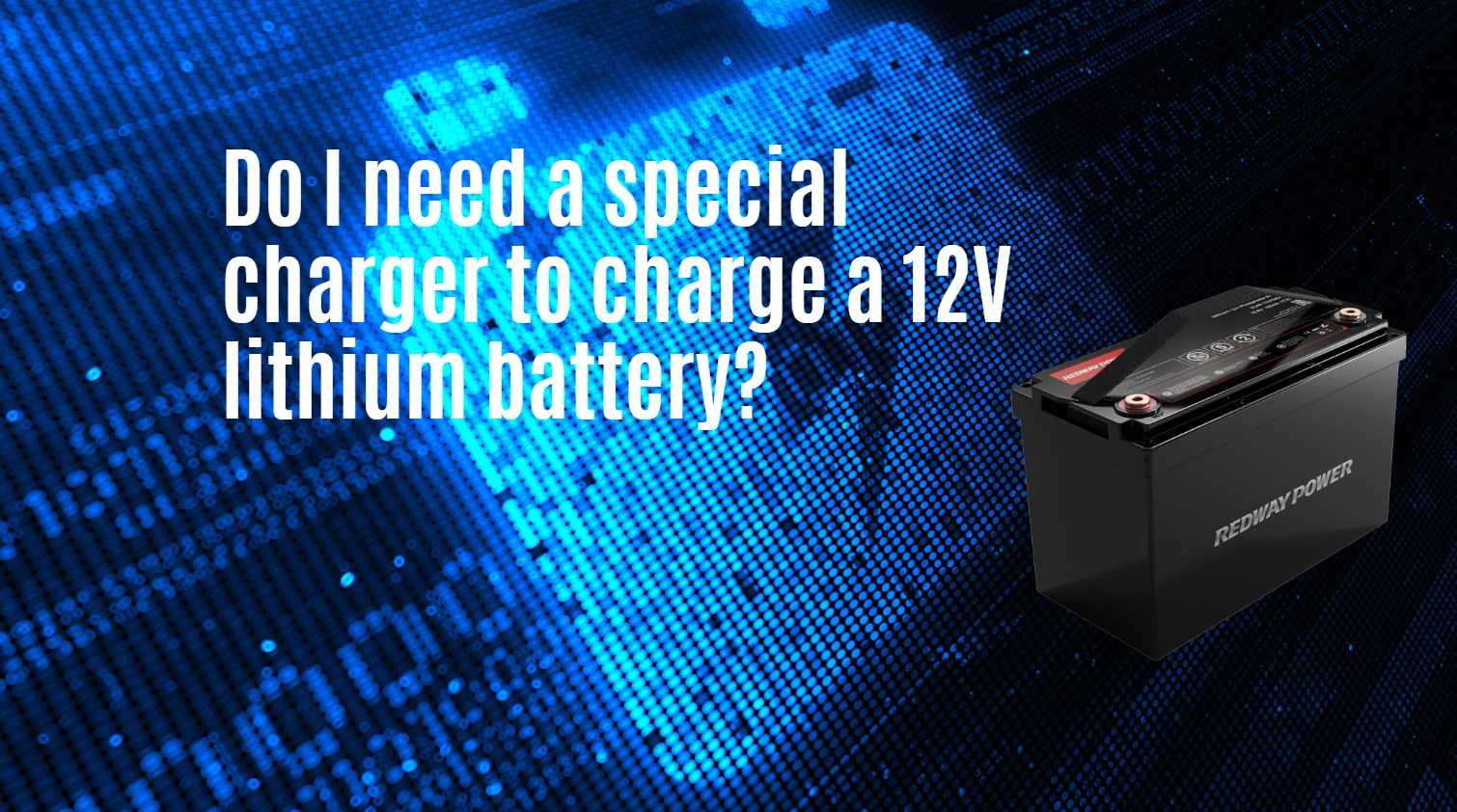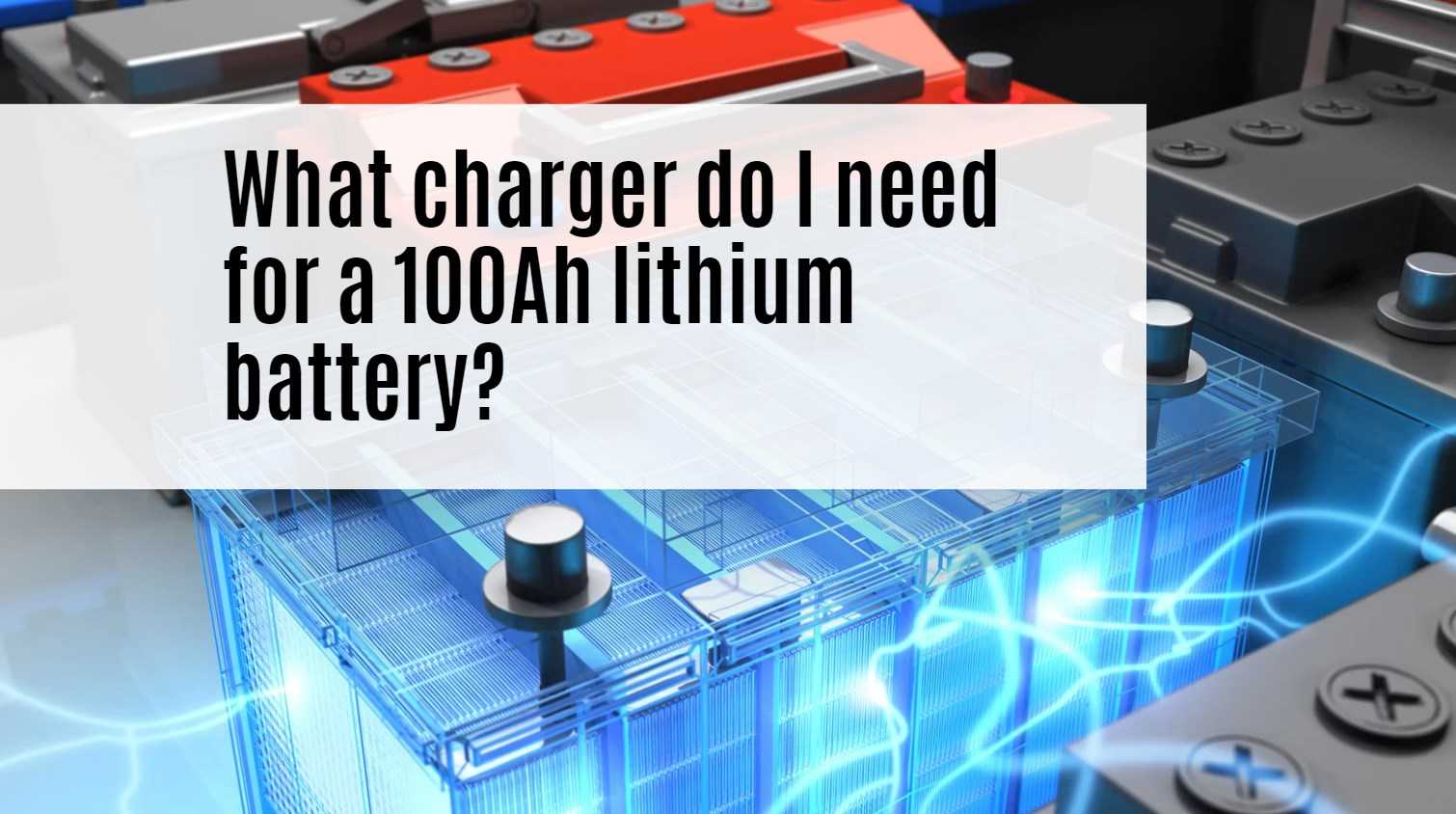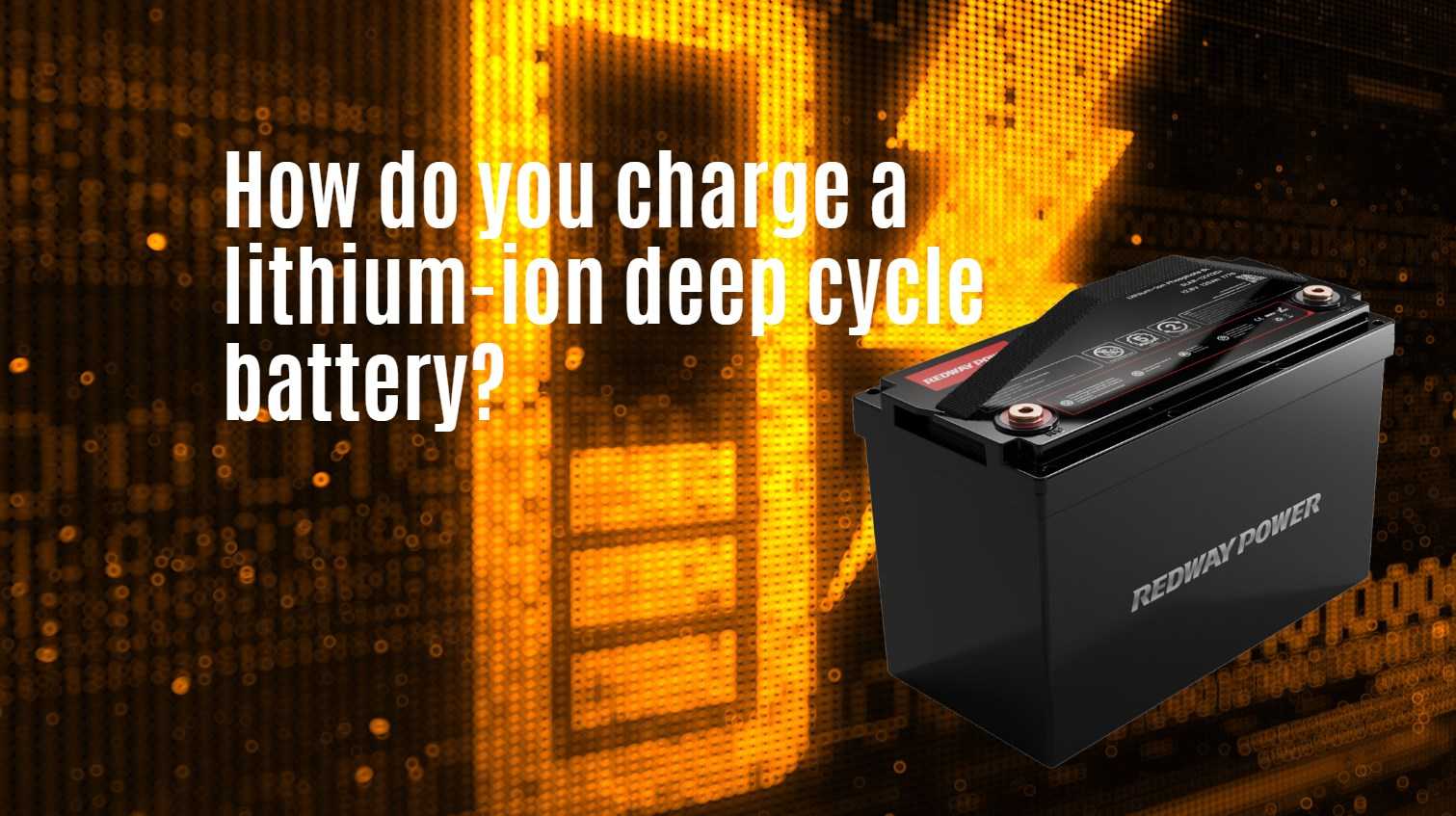What Are The Newest Lithium Battery Technologies In 2024?
As we progress through 2024, the landscape of lithium battery technology is evolving rapidly, driven by the demand for higher efficiency, safety, and sustainability. Here are some of the most significant advancements in lithium battery technologies that are shaping the future.
1. Solid-State Batteries
Overview: Solid-state batteries are at the forefront of lithium battery innovations. These batteries replace traditional liquid electrolytes with solid electrolytes, enhancing safety by reducing flammability risks and improving energy density.Benefits:
- Higher Energy Density: Solid-state batteries can achieve energy densities significantly higher than conventional lithium-ion batteries, potentially exceeding 300 Wh/kg.
- Faster Charging: Some solid-state designs can be charged in as little as 10 minutes, making them highly attractive for electric vehicles (EVs).
- Longer Lifespan: They typically offer longer cycle life due to reduced degradation over time.
Current Developments: Companies like Toyota and Honda are actively working on solid-state battery technologies, with plans for commercialization in the coming years.
2. Lithium-Sulfur Batteries
Overview: Lithium-sulfur batteries are gaining traction due to their potential for higher energy density and lower production costs compared to conventional lithium-ion batteries.Benefits:
- Increased Energy Density: They can theoretically achieve energy densities up to 500 Wh/kg, making them suitable for long-range applications.
- Cost Efficiency: Utilizing sulfur, which is abundant and inexpensive, can significantly reduce material costs.
Challenges: Historically, lithium-sulfur batteries have faced issues with cycling stability and rapid capacity loss. However, recent advancements have shown promise in overcoming these challenges, with some prototypes achieving over 1,000 charging cycles.
3. Sodium-Ion Batteries
Overview: As an alternative to lithium-ion technology, sodium-ion batteries utilize sodium instead of lithium as a charge carrier. This shift could alleviate some of the supply chain pressures associated with lithium mining.Benefits:
- Cost-Effectiveness: Sodium is more abundant and cheaper than lithium, potentially reducing overall battery costs by up to 20%.
- Environmental Impact: Sodium-ion batteries can be produced using similar manufacturing processes as lithium-ion batteries, facilitating easier transitions in production.
Current Status: Companies like Natron Energy have begun mass production of sodium-ion batteries, marking a significant milestone in this technology’s development.
4. Enhanced Battery Management Systems (BMS)
Overview: The integration of Artificial Intelligence (AI) into battery management systems is revolutionizing how lithium batteries operate. AI enhances performance monitoring and optimizes charging cycles based on real-time data analysis.Benefits:
- Improved Safety and Longevity: AI-driven BMS can predict failures and prevent overcharging or overheating, significantly extending battery life.
- Efficiency Optimization: Real-time adjustments based on usage patterns lead to more efficient energy management.
5. Advanced Electrode Materials
Recent research has focused on developing new materials for electrodes that improve performance:
- Silicon Anodes: Replacing traditional graphite with silicon can increase capacity significantly; silicon anodes can store up to ten times more lithium ions than graphite.
- Nanomaterials and Coatings: The use of nanostructured materials helps improve charge rates and overall performance by increasing surface area and conductivity.
6. Large-Scale Battery Recycling Innovations
As the demand for lithium batteries grows, so does the need for effective recycling methods. Recent advancements include:
- Dissolution Techniques: New recycling processes that dissolve battery materials in eco-friendly solvents allow for efficient recovery of valuable metals with minimal waste.
- Increased Efficiency in Recovery Rates: Companies are developing methods that enhance recovery rates of critical materials like lithium, cobalt, and nickel from spent batteries.
Conclusion
The advancements in lithium battery technologies in 2024 reflect a concerted effort towards enhancing efficiency, safety, and sustainability. From solid-state and lithium-sulfur innovations to the rise of sodium-ion alternatives and improved recycling methods, these developments promise to transform energy storage solutions across various industries. As research continues and these technologies mature, they will play a crucial role in supporting the global transition towards cleaner energy sources.



